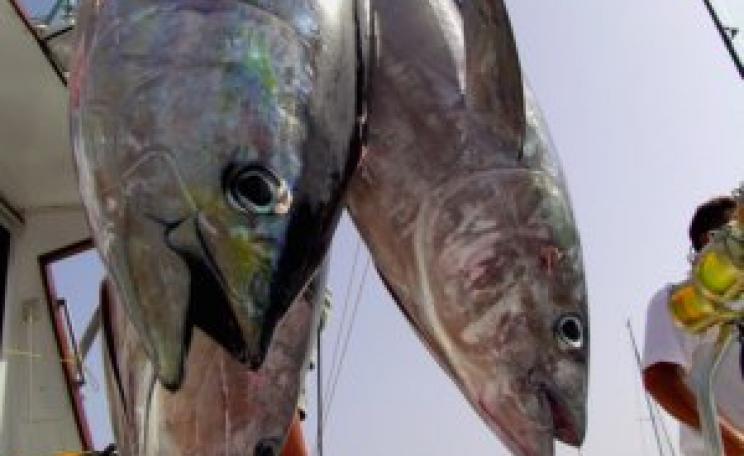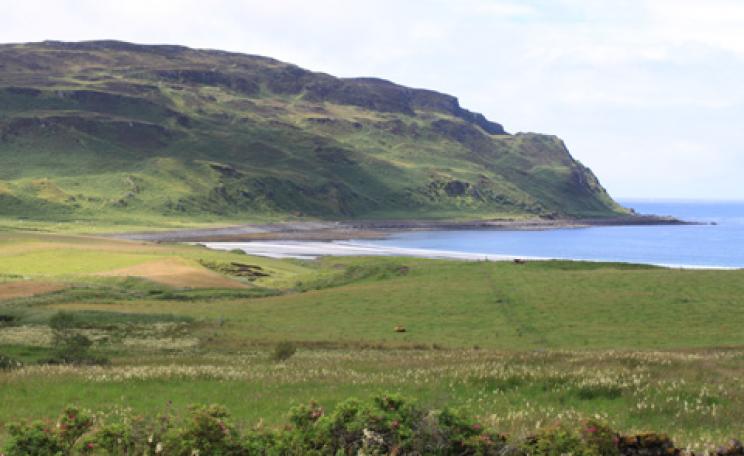Carnivorous fish like tuna use up large amounts of fishmeal
Half of the fish consumed around the world is now raised on farms, according to a Stanford University study.
Production of farmed fish almost trebled in volume between 1995 and 2007, driven by a massive rise in consumer demand for omega-3 fatty acids.
However, the industry's demand for wild fish to create feed for farmed fish is putting a strain on the marine system.
To maximise growth and improve flavour, fish farms use large quantities of fishmeal and fish oil made from less valuable wild-caught species, including anchoveta and sardine.
In 2006, 20 million metric tons of wild fish were caught to produce fishmeal.
'It can take up to 5 pounds of wild fish to produce 1 pound of salmon, and we eat a lot of salmon," said study author Professor Rosamond L. Naylor, director of the Stanford Program on Food Security and the Environment.
The study recommends fish-feed substitutes including protein from grain and livestock byproducts. It also says vegetarian species, such as Chinese carp and tilapia can be raised on feed made from plants and not wild fish.
'Our thirst for long-chain omega-3 oils will continue to put a lot of strain on marine ecosystems, unless we develop commercially viable alternatives soon,' said Naylor.
See also







